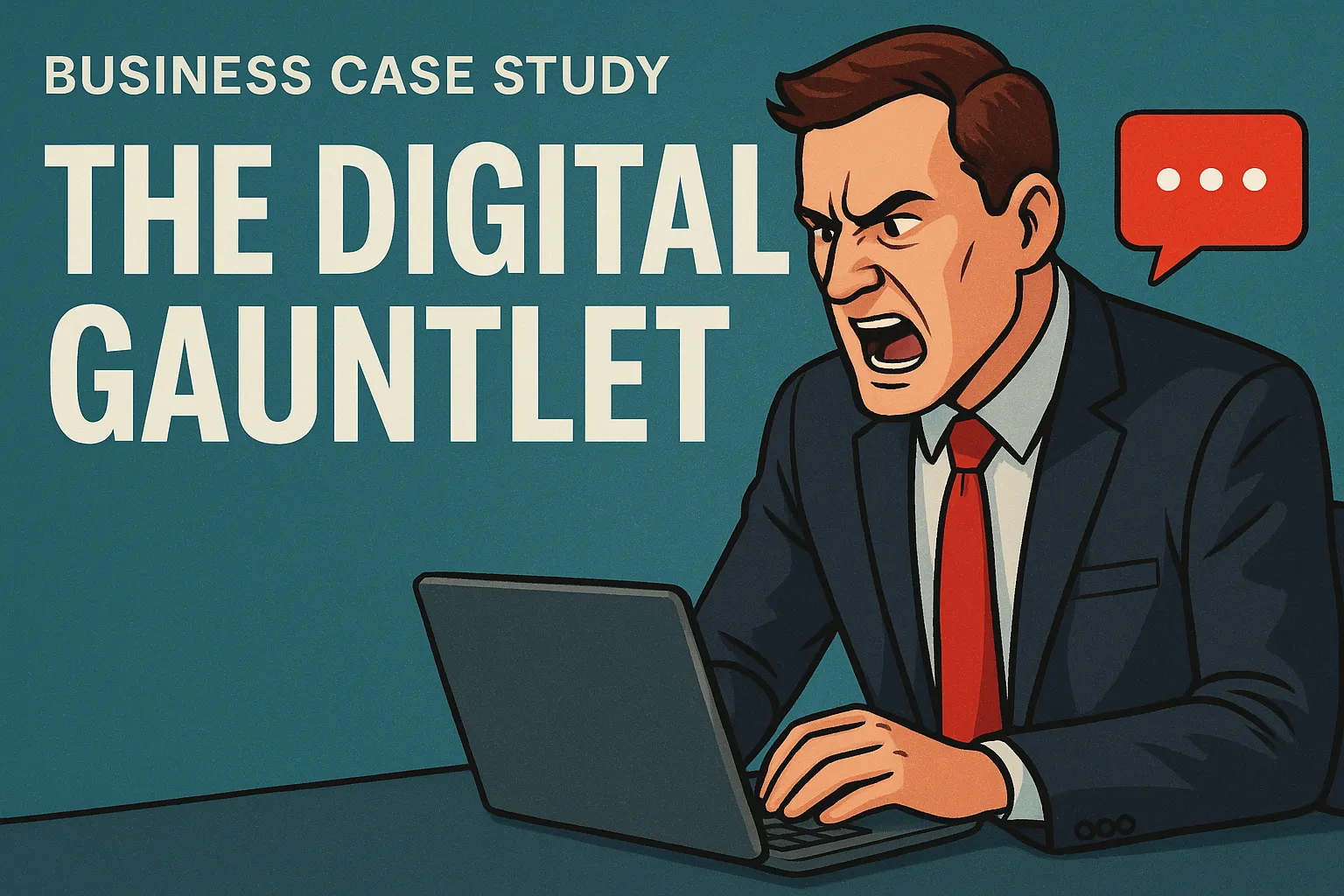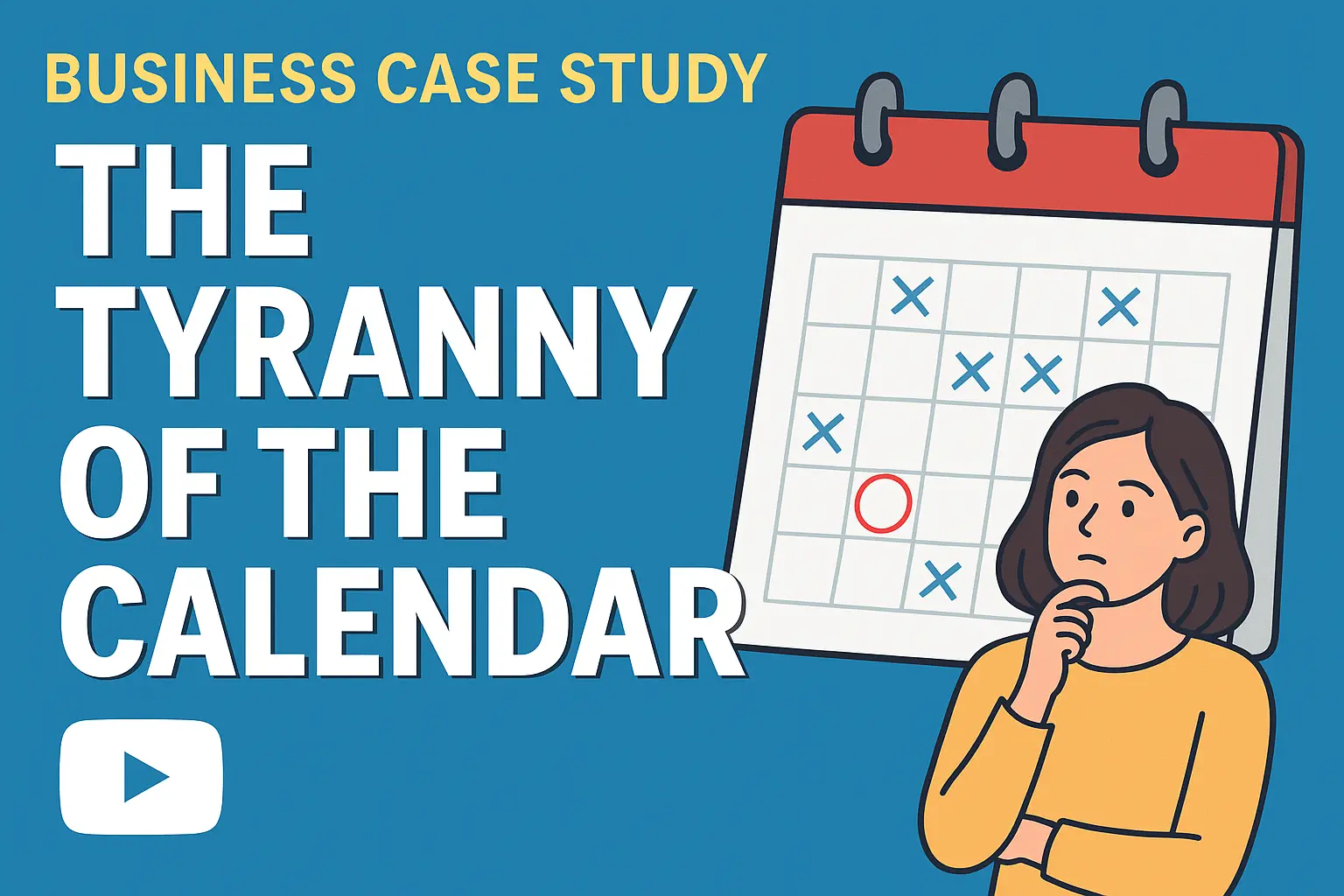 Case Studies Club
Where Strategic Minds Meet
Case Help
Case Studies Club
Where Strategic Minds Meet
Case Help
The Jurassic Security Paradox - Managing Risk in High-Stakes Infrastructure Development
Managing Critical Infrastructure Decisions When Traditional Risk Management Frameworks Prove Inadequate for Unprecedented Operational Challenges
InGen Corporation faces a pivotal contractor selection decision for designing comprehensive security systems to contain genetically resurrected dinosaurs at their revolutionary theme park, where failure could result in catastrophic breaches threatening human safety and corporate survival. The analysis examines four strategic approaches ranging from established enterprise contractors to specialized boutique firms, weighing trade-offs between proven reliability, technological innovation, intellectual property ownership, and cost optimization in an industry vertical with no historical precedent for risk assessment.
Core Themes:
Turn Business Challenges Into Strategic Wins
Browse our Insights Marketplace for frameworks and tools that drive results
Explore MarketplaceOverview
InGen Corporation's premier attraction faces a decision that will determine not only the operational success of their revolutionary theme park but potentially the survival of everyone within its gates. The company must select a security contractor to design and implement comprehensive containment systems for their genetically reconstructed prehistoric specimens. This decision carries unprecedented stakes: failure could result in catastrophic breaches, massive liability exposure, and irreparable damage to both human safety and corporate reputation.
The analysis must weigh traditional risk management principles against the unique operational requirements of housing apex predators in a commercial entertainment environment. With regulatory oversight limited due to the novelty of the enterprise, management bears full responsibility for establishing safety protocols that have no historical precedent. The contractor selection will fundamentally shape the park's operational capabilities, technology ownership structure, and long-term strategic positioning in what promises to become an entirely new industry vertical.
Backstory
InGen Corporation emerged from the convergence of biotechnology breakthroughs and ambitious venture capital investment, positioning itself as the world's first genetic resurrection company. The organization built its core competencies around advanced DNA sequencing, accelerated breeding programs, and large-scale biological ecosystem management. Through proprietary extraction techniques and sophisticated genetic engineering, the company achieved what many considered impossible: bringing extinct species back to life with remarkable fidelity to their ancient counterparts.
The company's business model centers on transforming scientific achievement into commercial entertainment through an exclusive island-based theme park experience. Located on a remote tropical island with natural geographic barriers, the facility represents a ...
🔓 Unlock This Case Study
Access full cases, analysis, recommendations, and community insights


